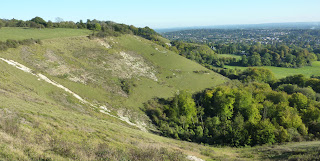Next year...
...I will not look at mosses ...I will not attempt liverworts ...I will not be snared into lichen temptation ...I will not forget that this natural history lark IS MEANT TO BE ENJOYABLE ...I will not forget to write things down and send in my records ...I will be more friendly to my fellow naturalist ...I will learn how to take proper images with my grown-up DSLR ...I will not suffer blogging envy ...I will visit Ranscombe Farm in Kent ...I will go back to the New Forest and have a pan-species blitz ...I will find a half-decent bird (it's about bloody time I did that again) ...I will, I promise, give micro moths a proper go ...and use my new plume moth guide ...and my big thick hoverfly book ...but not my mosses, liverworts and lichens guides Whatever you are aiming to do next year, may you be successful. Keep well, be happy and if you do manage to have moments of natural history pleasure, cherish them.






